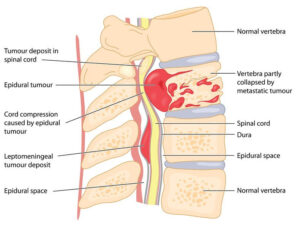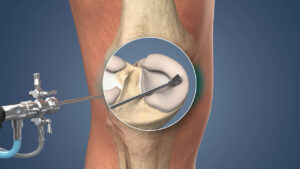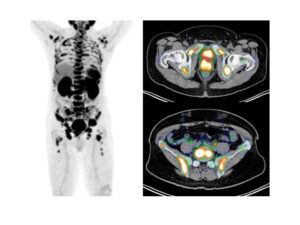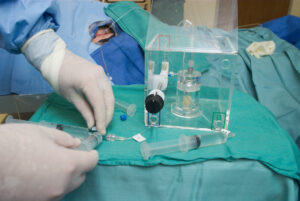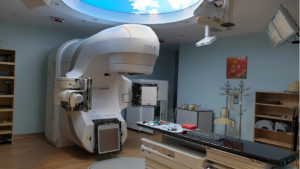Cerebral Brain Aneurysms - CT Scans and MRI
To assess and diagnose a possible brain aneurysm in Singapore, Dr. Manish Taneja conducts a CT scan(computed tomography) or an MRI(magnetic resonance imaging) to obtain detailed images of your brain’s blood vessels and structures.
What to Know About a Brain Aneurysm Diagnosis
The diagnosis of a brain aneurysm is something that is highly concerning and should be treated immediately. Dr. Manish Taneja, our neurointervention specialist describes it the following way:
Brain aneurysms are like ticking time bombs in our head. With them being out of sight, many may think that they could live with them. It is wise to know everything that you possibly can about brain aneurysms in case you are ever faced with this medical situation.
What Are the Causes of a Brain Aneurysm?
- high blood pressure, or hypertension
- a family history of brain aneurysms
- the age and gender of the patient
- smoking and drug abuse
- atherosclerosis—plaque buildup in the arteries
- in rare cases, head injury or infection of the blood vessel walls
Who Should Be Diagnosed for Brain Aneurysm?
There are multiple medical tests that a doctor can perform to diagnose a patient with a brain aneurysm. These includes the following:
- MRI – This stands for magnetic resonance imaging using a magnetic field and radio waves to generate detailed images.
- MRA – This stands for magnetic resonance angiogram and is a type of MRI scan that is used specifically for blood vessels.
- CTA – This is a special type of CT scan that aims specifically at scanning blood vessels.
- Angiogram – This is yet another tool available to doctors who want to take a closer look at the patient’s blood vessels to see if there is any bleeding or any kind of obstruction that needs to be treated immediately.
A doctor who detects a problem with the blood vessels of his or her patient might diagnose them with having had a brain aneurysm.
When Should You Go For a Brain Scan?
Don’t worry if you feel like you are somehow pressing the panic button by asking a doctor for a brain scan if you feel that something is wrong with your body. Popular culture has encouraged some people to think that a brain scan is an extreme medical intervention that should only be done in extreme cases, but that is simply not the case. The reality is that you can and should ask for a brain scan from your doctor if you fear that you might be suffering from a brain aneurysm or that you might be at risk for one.
The brain scan can help identify any blockages or other issues within one’s blood vessels to help identify where the problems might exist and allow doctors to take the time to suggest correction treatments for those issues.
How are Brain Aneurysms Detected?
There are a variety of ways that a medical professional can identify a brain aneurysm. It is often the case that an angiogram might be recommended to help identify a brain aneurysm, but there are other means of identifying one as well.
CT Scan
Included in the arsenal of tools are CT scans. They are useful for helping to diagnose and treat patients.
What does the CT scan show you?
The American Cancer Society explains that a CT scan shows the bones, organs, and soft tissues of the body more clearly than a standard x-ray.
This allows the trained eye of a doctor to identify where a potential issue might exist within their patient.
What is the benefit of a CT scan?
The biggest benefit of a CT scan is that it offers more detailed information than x-rays or other medical interventions when it comes to the diagnosis and treatment of patients such as brain aneurysm.
MRI Scan
Another option for doctors to lean on when working with a patient suffering from a potential brain aneurysm is to use an MRI scan.
What does the MRI scan show you?
An MRI scan is useful for identifying tumors, joint disease, and particularly soft tissue injuries. It can help identify damage to blood vessels that might be the cause of a brain aneurysm.
What is the benefit of an MRI scan?
It is easier to identify the differences between fat, water, tissue, and other soft tissue within the body when using an MRI scan. That is critically important because it means that the doctor can tell better where injuries exist. Another notable difference is that MRI does not use radiation. A brain aneurysm can be diagnosed and evaluated through the use of cerebral angiography, a specialized imaging technique that provides detailed visualization of the brain’s blood vessels.
Visit the Supreme Vascular and Interventional Clinic for a Brain Aneurysm MRI or CT Scan
Don’t be afraid to request medical treatment at our brain aneurysm clinic in Singapore if you fear you have suffered from a brain aneurysm or if you think that you are at risk for one. The Supreme Vascular and Interventional Clinic offers state-of-the-art care and latest treatment options with brain aneurysm specialist, Dr. Manish Taneja. Reach out with your concerns if you think you may be facing this medical situation.
About the Supreme Vascular and Interventional Clinic
The Supreme Vascular and Interventional Clinic was founded by Dr Manish Taneja who has been performing catheter angiograms and interventional procedures since May 1995. Over the last couple of decades, he has been pursuing a full time dedicated vascular and interventional practice. He is one of the few dual trained and certified neurointerventional and peripheral vascular interventionists in practice in Singapore. As a neurointervention and vascular specialist, Dr. Manish Taneja has special interest treating brain aneurysms, stroke, thyroid nodule radiofrequency ablation, and venous diseases such as varicose veins.

Pictures and photo courtesy of Dr. Manish Taneja, The Supreme Vascular and Interventional Clinic





